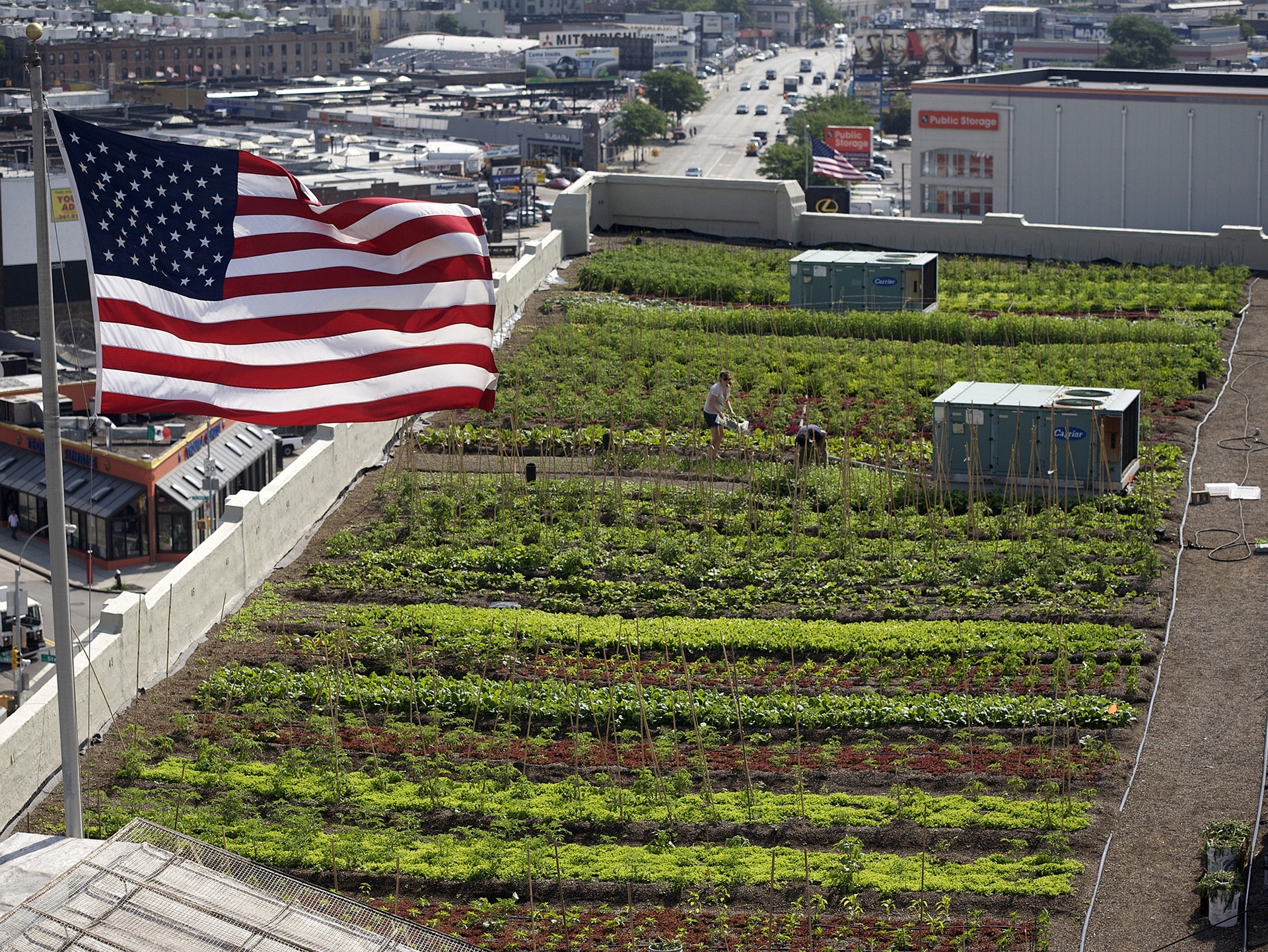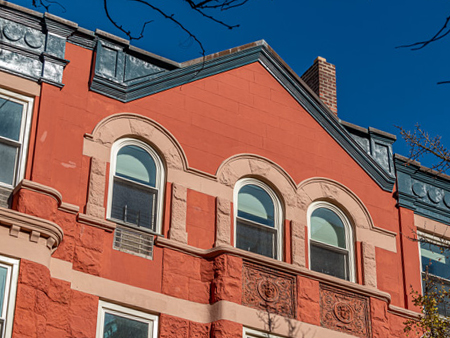Changes in temperatures can be driven by the development of roads, infrastructure, and large buildings in a small area. Did you know that a “heat island” can be formed by replacing natural vegetation with concrete and urban structures, making a metropolitan area warmer than its surrounding areas? These elevated temperatures during warmer seasons create an increased demand for cooling solutions directly affecting your energy bill.
How a Heat Island Affects Your Energy Bill
Cooling demand in cities is high during the heat island’s hottest seasons. To beat the island heat, engineers developed green roofs to reduce cooling costs in homes and offices. Green roofs have been popular for decades, mainly in European cities and are now becoming more common in the US.
There are two types of green roofs:
Extensive Green Roof
Extensive green roofs feature a thin substrate layer and moss layer vegetation. Known mostly as ‘eco-roofs’ they are generally chosen for their low maintenance and ability to be self-sustaining. Hundreds of plants can be grown with little maintenance and the vegetation replaces tiles and other conventional roof coverings. Herbs and grasses can be a supplement with a non-permanent irrigation system. Swarthmore College’s David Kemp Hall and the Bronx County Courthouse are great examples of extensive green roofs.
Intensive Green Roof
Intensive green roofs feature advanced irrigation systems that require professional maintenance. The roof is characterized by different vegetation from small trees to herbaceous plants, they offer more options for plants providing greater landscape design potential and increased biodiversity. Cruise ships, Chicago’s City Hall and Chicago’s Peggy Notebaert Nature Museum, are good examples of intensive green roofs.
The Advantage
Some advantages of having green roofs are:
- This roof works as a super insulator by reducing cooling expenses inside the building.
- The building can hold in more heat in winter and keep out the heat in summer.
- Reduction of noise pollution as the plants and soil combine to absorb and prevent outside noise.
- Aesthetic value through landscape design, providing shade and food for insects and birds.
- Durability as the plants and soil mixture guards the waterproof membrane against high heat and direct sunlight.
- More oxygen and less carbon monoxide emitted in the air. The vegetation collects carbon monoxide and refills the atmosphere with oxygen helping to reduce carbon emissions.
Installation Costs and Maintenance
The EPA approximate installation charges are $10 per square foot for the extensive roof. An intensive roof is approximately $25 per square foot. Yearly maintenance charges for either roof per square foot can range between 75 cents to $1.50 based on the types of plants chosen and the amount of irrigation, fertilization and maintenance required.
EPA Study on the Environmental Effect of Green Roofs
The EPA study shows green roofs mitigate the heat island effect, reduces air pollution and greenhouse gas emissions, and helps reduce energy costs. Methodologies are laid out using free tools created by EPA to assess the many benefits of green roofs. Regulatory mandates and voluntary incentives are ways cities pursue green roof implementation, and a long list of cities and communities have already adopted them.
Beat the island heat with a green roof. Contact us for more details on sustainability.




